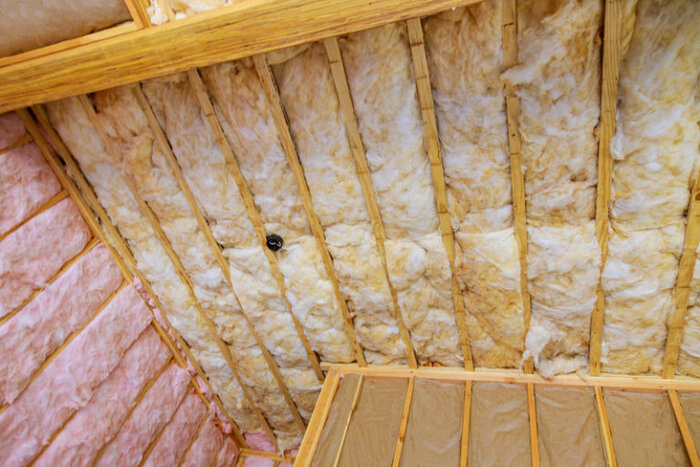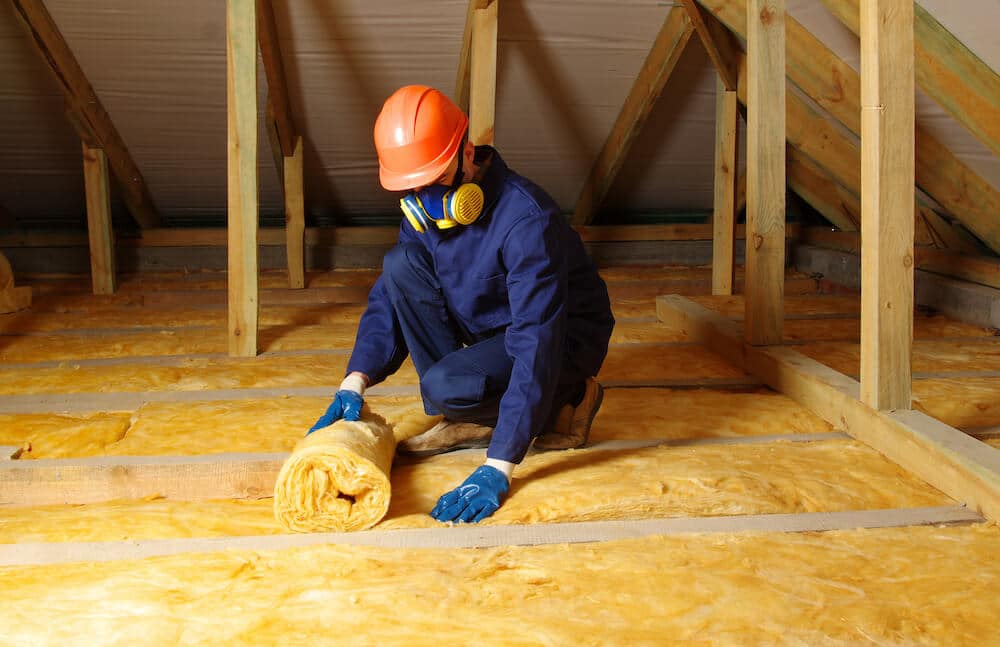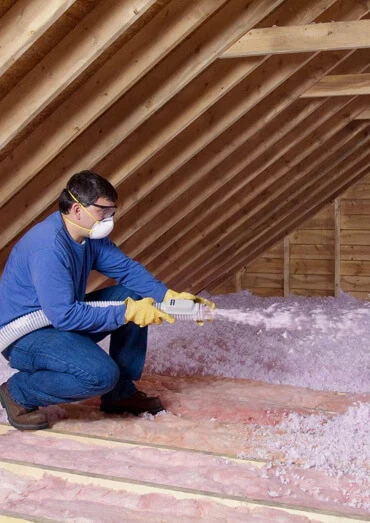Attic Insulation DFW: Boost Your Home's Worth and Performance
Attic Insulation DFW: Boost Your Home's Worth and Performance
Blog Article
Discover the Different Types of Attic Insulation and Their Special Advantages for Your Home's Energy Effectiveness

Fiberglass Insulation
Fiberglass insulation is one of the most commonly made use of products for attic insulation as a result of its outstanding thermal efficiency and cost-effectiveness. Composed of small glass fibers, this product effectively traps air, producing a shielding obstacle that aids preserve regular indoor temperatures. Its high R-value per inch makes it specifically efficient at standing up to warm transfer, which is critical for energy conservation in homes.
Installment of fiberglass insulation is fairly uncomplicated, usually offered in batts or loose-fill forms, suiting different attic room arrangements. In addition, it is non-combustible and immune to dampness, reducing the risk of mold growth. This toughness contributes to its longevity, making fiberglass a sensible lasting investment for homeowners.
Furthermore, fiberglass insulation is commonly made from recycled products, which boosts its eco-friendliness. The material can likewise contribute to soundproofing, decreasing sound transfer between spaces. While it is necessary to put on protective gear during setup to prevent irritability from the fibers, the overall advantages of fiberglass insulation, consisting of energy financial savings and environmental factors to consider, make it a prominent selection for boosting attic efficiency and promoting a comfy living atmosphere.
Spray Foam Insulation
Spray foam insulation is a very reliable alternative for attic room insulation, recognized for its superior air sealing and thermal performance. This innovative insulation product is composed of a blend of isocyanate and polyol material, which, when combined, expands quickly to fill up voids and tooth cavities in the attic room room. Its ability to abide by numerous surface areas makes certain a constant barrier versus air leakages, significantly minimizing warmth loss throughout chillier months and warmth gain during warmer seasons.
One of the crucial benefits of spray foam insulation is its high R-value per inch, which means it gives excellent thermal resistance in a reasonably slim application. This is especially useful in attic rooms where space is usually limited. Furthermore, spray foam can aid decrease dampness accumulation, reducing the risk of mold and mildew and mildew growth, which can be damaging to both the structure and indoor air quality.
While the first expense of spray foam insulation might be greater than typical options, its long-term energy financial savings, coupled with raised convenience and improved home value, make it a rewarding investment for homeowners looking for boosted power performance. Attic Insulation DFW. Generally, spray foam insulation stands apart as a reliable service for enhancing attic room insulation
Cellulose Insulation

Cellulose insulation is a prominent choice for attic insulation, mainly made up of recycled paper items treated with fire retardants. This eco-friendly option is understood for its outstanding thermal efficiency, successfully minimizing warmth transfer in both summer and winter season. The dense make-up of cellulose enables it to fill spaces and spaces in read this article attic spaces, providing a seamless barrier learn this here now against air leaks.
One of the significant benefits of cellulose insulation is its ability to stand up to mold and bugs, owing to the fire retardant therapies used during production. Furthermore, it flaunts a high R-value per inch, which converts right into premium power performance. House owners can anticipate lower heating & cooling costs as a result of enhanced insulation.
Installation is usually completed with blowing loose cellulose into the desired area, enabling for a effective and fast process. This approach likewise reduces disturbance to the existing framework. Cellulose insulation has a reasonably low ecological impact, as its manufacturing process utilizes recycled materials, adding to sustainable building methods.
Rock Wool Insulation
Amongst the various options for attic room insulation, rock wool, likewise called mineral wool, sticks out because of its outstanding thermal and acoustic efficiency. Made from natural or recycled products, rock wool is developed by melting rock and rotating it into fibers, leading to a product that offers excellent insulation buildings.
One of the significant benefits of rock wool insulation is its high R-value, which suggests its efficiency in standing up to warm circulation. This characteristic not just improves power performance however additionally adds to preserving a comfortable interior temperature level year-round. Additionally, rock woollen is inherently fire-resistant, making it a much safer alternative for homes as it can hold up against heats without melting or releasing harmful fumes.
In addition, rock wool insulation stands out in soundproofing abilities, effectively decreasing noise transmission between spaces and from outdoors resources. On the whole, rock woollen insulation gives a comprehensive service for boosting power effectiveness, safety and security, and comfort in domestic setups.
Radiant Barrier Insulation
Radiant obstacle insulation acts as an efficient solution for reducing warmth transfer in attics, particularly in warmer environments. This kind of insulation jobs by mirroring convected heat away from living areas, therefore minimizing the quantity of heat that you can find out more goes into a home during heat - Attic Insulation DFW. Normally made up of an extremely reflective product, such as light weight aluminum foil, radiant barriers are installed in attics, facing the roof covering, where they can obstruct incoming warmth from the sun
The primary advantage of glowing barrier insulation is its capacity to lower cooling expenses. By reflecting heat as opposed to absorbing it, glowing obstacles can assist keep a much more secure indoor temperature, minimizing the workload on cooling systems. This performance translates right into reduced energy expenses and boosted convenience for home owners.
In addition to energy financial savings, glowing barriers can also add to improved indoor air high quality. By reducing warm build-up, they assist minimize humidity degrees, which can protect against mold development and improve general air circulation. When mounted appropriately, radiant barrier insulation can be a vital enhancement to any kind of energy-efficient home, making it a worthy factor to consider for home owners seeking to boost their attic room insulation approach.
Conclusion
In conclusion, comprehending the numerous sorts of attic insulation-- fiberglass, spray foam, cellulose, rock wool, and glowing barriers-- enables homeowners to make educated choices relating to power performance. Each insulation kind presents unique benefits, such as exceptional thermal resistance, moisture administration, and audio attenuation. By selecting the appropriate insulation material, considerable decreases in energy expenses can be attained, in addition to improvements in indoor convenience. Ultimately, the ideal option contributes to a more sustainable living setting and promotes total power conservation.

In final thought, recognizing the different kinds of attic insulation-- fiberglass, spray foam, cellulose, rock wool, and glowing obstacles-- enables house owners to make enlightened decisions regarding power efficiency.
Report this page